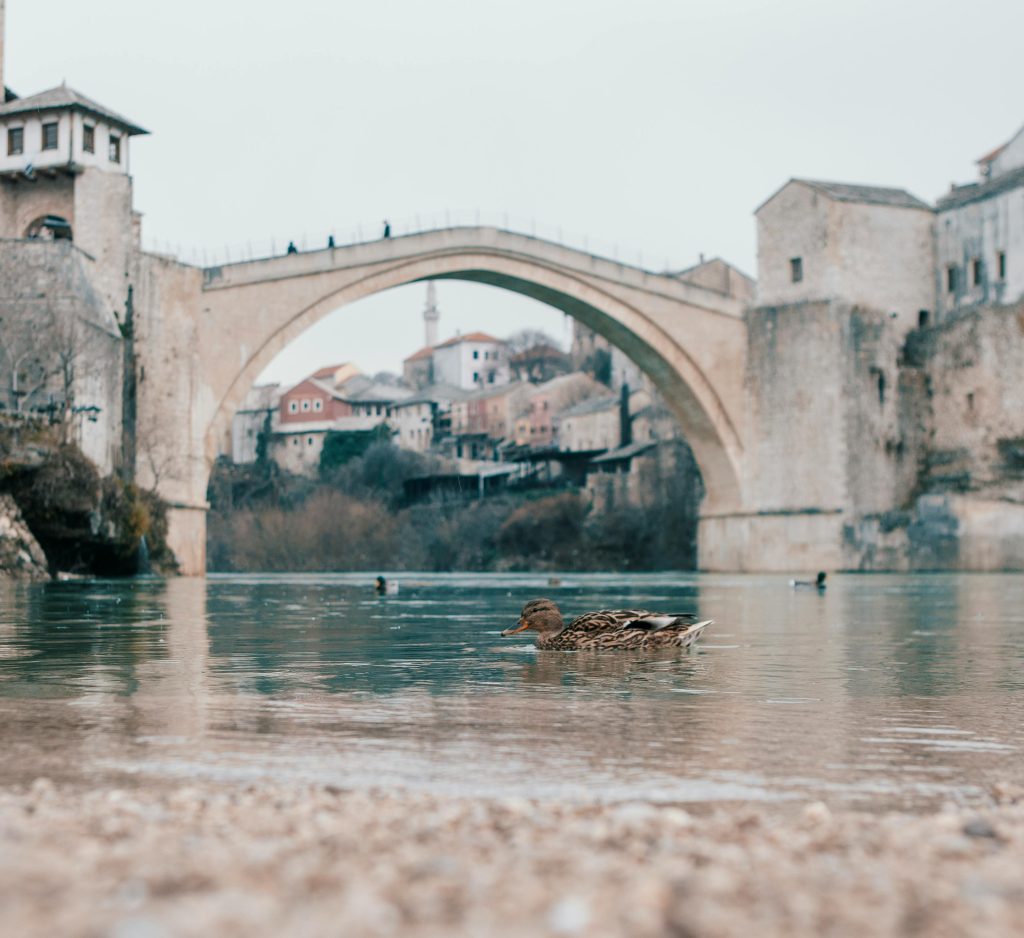


Mostar, a beautiful city in southern Bosnia and Herzegovina, is known worldwide for its iconic Old Bridge (Stari Most), a symbol of connection between people. But behind this postcard image lies a city that, even decades after the Bosnian War (1992–1995), continues to feel the weight of its divided past. That’s where peacebuilding efforts come in and why they are so vital, especially for the young generation.
During the war, Mostar was heavily damaged and became a place of painful separation, both physically and emotionally. Today, even though the Old Bridge has been rebuilt, invisible walls still exist between communities. Schools, sports clubs, and even cafés are often divided along ethnic lines. This affects how young people grow up, limiting their opportunities to meet, learn from each other, and build a shared future.
Peacebuilding in Mostar isn’t just about preventing conflict. It’s about creating spaces where trust can grow, dialogue can happen, and young people can work together for a better tomorrow. Youth organizations, youth groups, and activists in Mostar have been doing incredible work organizing intercultural workshops, joint sports activities, arts projects, and community clean-ups. These initiatives might seem small, but they help tear down stereotypes, reduce fear, and build friendships across divides.
For the youth of Mostar, peacebuilding is more than a noble idea — it’s key to unlocking their full potential. Here’s why:
Mostar’s future depends on its youth. Supporting peacebuilding means supporting a generation that refuses to be limited by the past and a generation that’s ready to build bridges, not walls. For Mostar, and for Bosnia and Herzegovina as a whole, that’s the path to lasting peace.